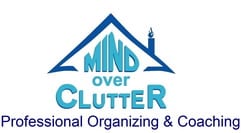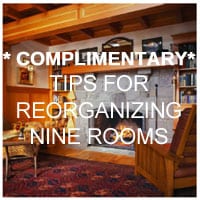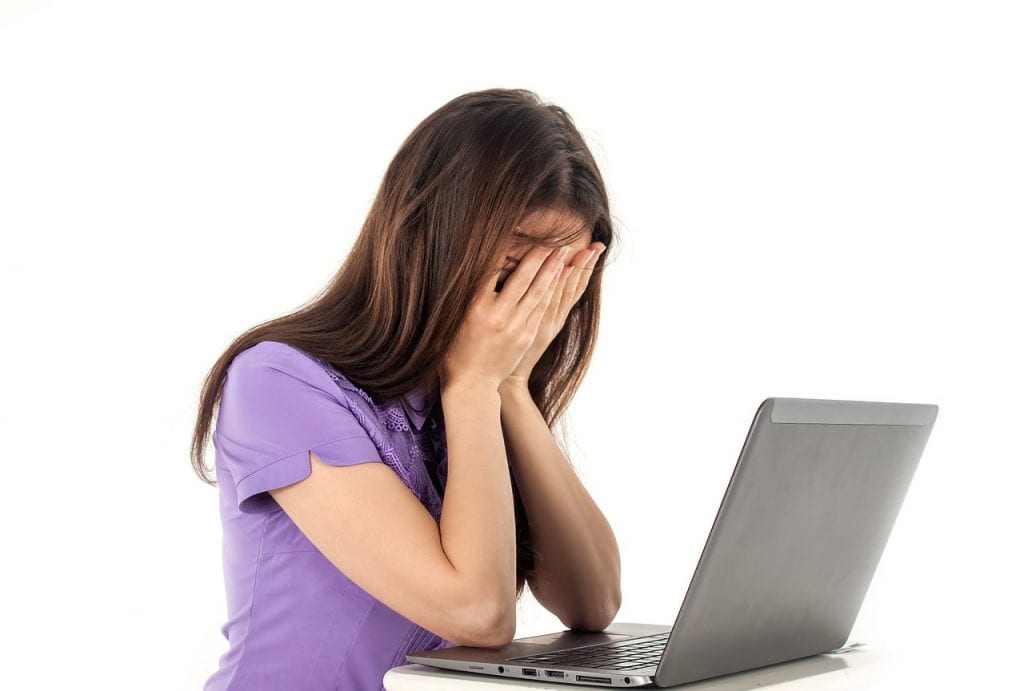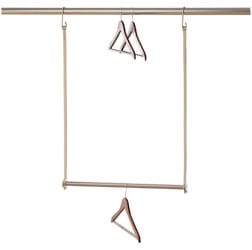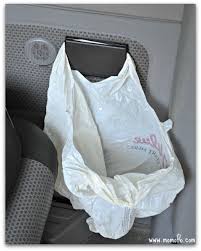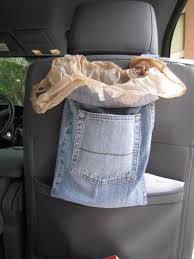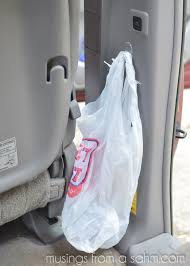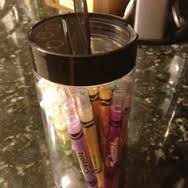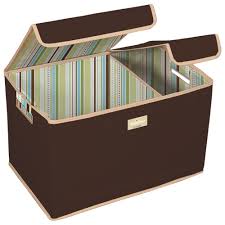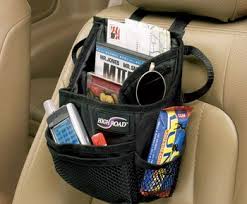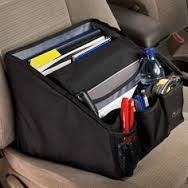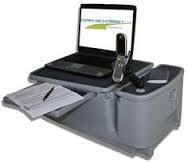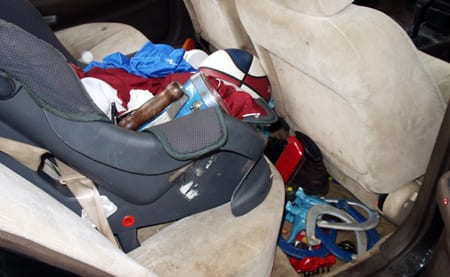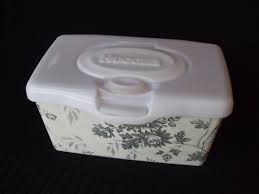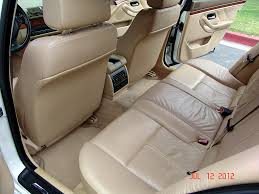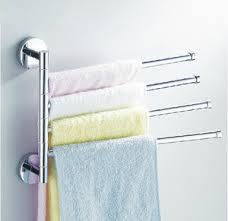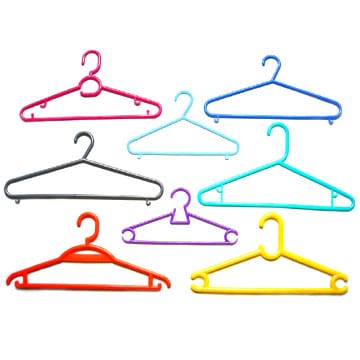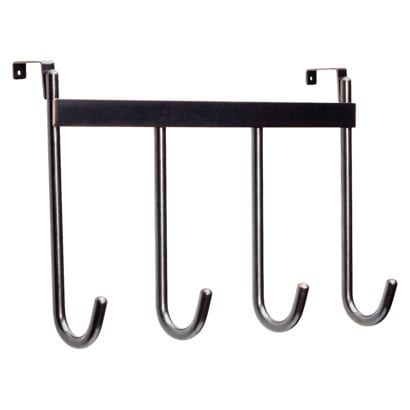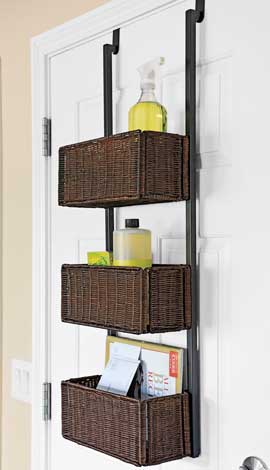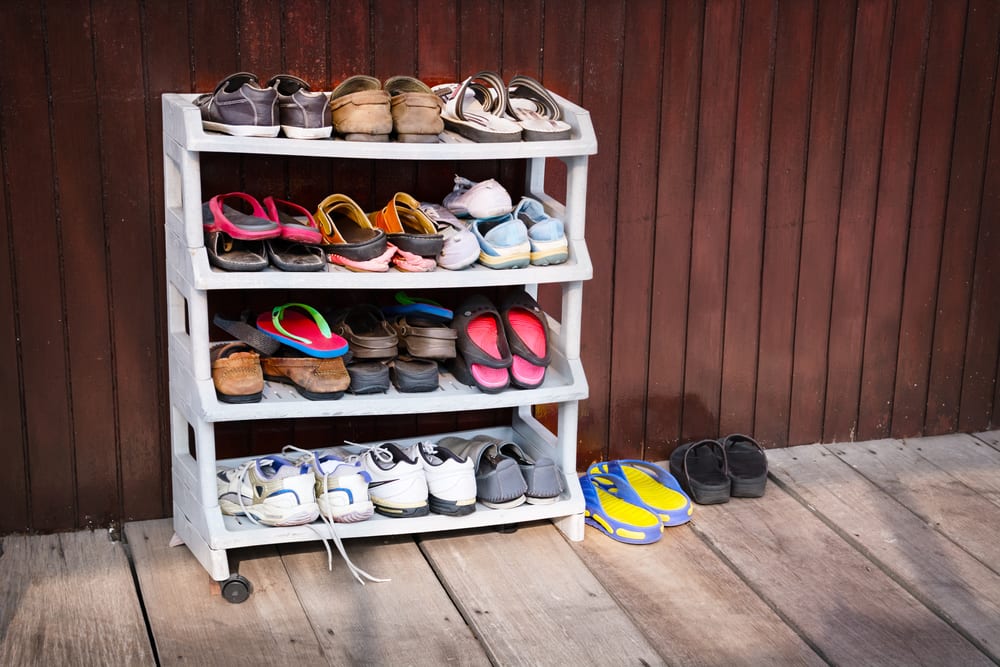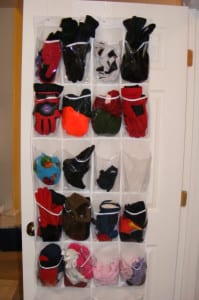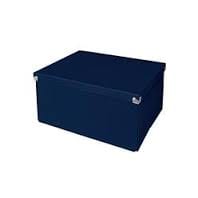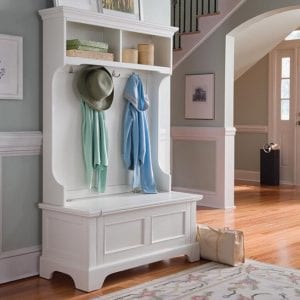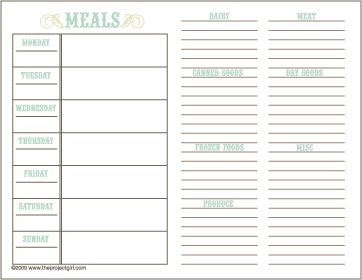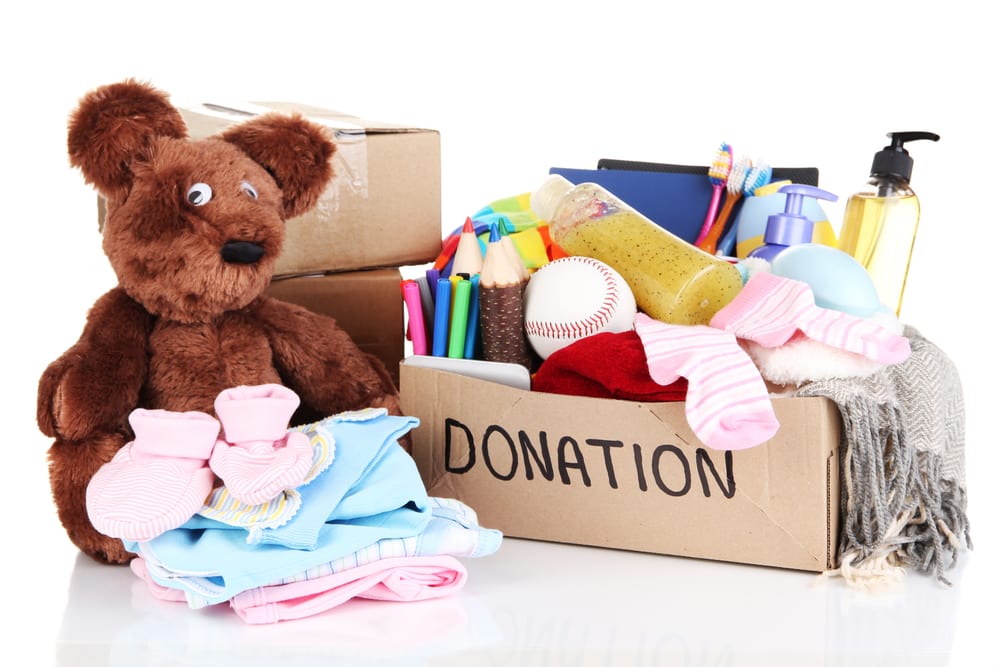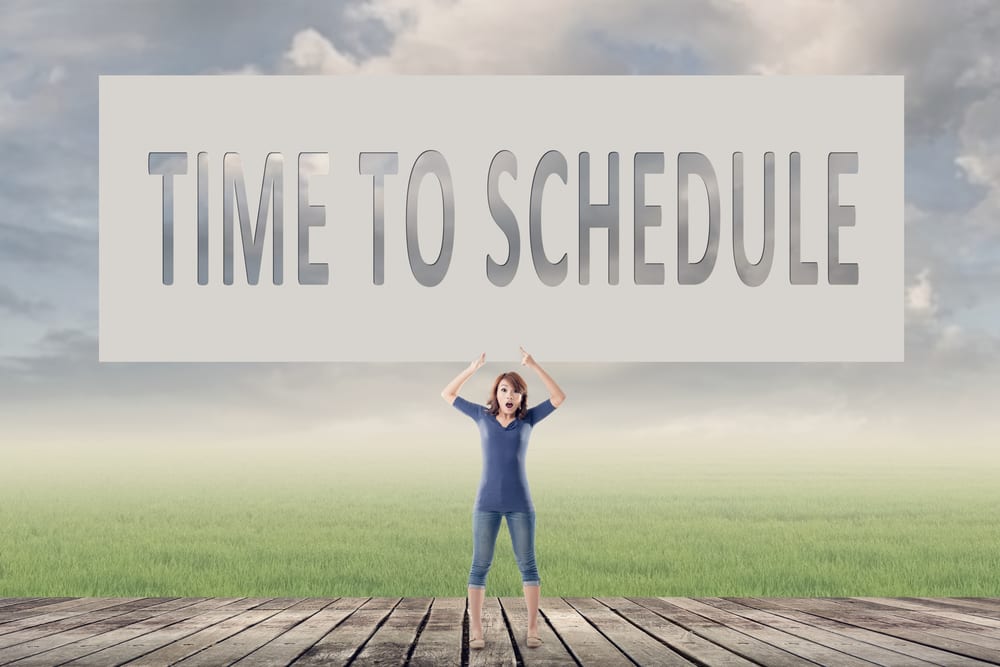Latest Blog Posts
Reading time – 5 minutes
It is that time of year when your young adult moves back home or the summer. You might think of them as your kid. They might think of themselves as an adult now that they have been living on their own for a year. Each of you has changed over the year and so has your relationship. Here are some tips on avoiding the conflict that might happen.
Each party in this living situation has different expectations so make a contract with each other so it is clear what the expectations are. Click To TweetExpectations
It is a big change in lifestyle when students move home for the summer, for the students and the parents. Sometimes students think
- It will be just like before I left
- I will have the same responsibilities as I did living away from home
- I am on vacation for 4 months
- and so on…
Sometimes parents think
- they have lived on their own so they should have no problem contributing around the home without being asked
- now I have someone to help with all the work
- things have changed and we do things differently now
- and so on…
Each party in this living situation has different expectations so make a contract with each other so it is clear what the expectations are. My daughter presented me with some rules when she moved back home for a few months. She asked me to look at them and see if they were suitable and to add any rules. It made things very easy and simple because there were fewer misunderstandings.
Your contract/ agreement might cover the following ideas.
Car
- Who pays for gas?
- When can they use it?
- Do they have to ask to use the car or can they just take it?
Food/ Groceries
- Who buys the groceries?
- Who pays for the groceries?
- Do you buy everything on the list?
- Do you buy only the things you need from the list when you go shopping?
Cooking
- Who cooks?
- Who plans the meals?
- Do you cook for everyone or only yourself?
Kitchen
- Who cleans up the kitchen?
- What needs to be cleaned, floors counters, stove, sink?
- Who does the dishes?
- Who empties the dishwasher?
Schedule
- Do you record your activities in a specific place, electronic or paper?
- Do you need to tell where you are going and when you will be back?
- Are there any activities you are expected to attend?
Your young adult may feel like you are trying to “keep tabs” on their activities. They have not had curfews and anyone to report to in a year. Explain that you want to know when to expect them back for safety reasons. If they don’t return when they are expected then it is time to start worrying and start looking for them.
Laundry
- Who is responsible for laundry?
- May they use the supplies at home or do they purchase their own supplies?
Cleaning
- Who does the cleaning, is it a shared task?
This checklist of ideas makes it seem like working out an agreement will be a lot of work. The agreement only needs to cover areas that cause conflict, tension or have changed since the student last lived with you.
Our agreement looked like this:
Food
- Buy groceries: give Mom the bill, buy everything on the list
- Weekday meals: First one home cooks, Mom will try to plan the meals for the week
Car
- Mom will pay for gas
Kitchen:
- Clean and wipe counter and island and stove
- No dishes in the sink or on the counter, put them in the dishwasher before going to bed
Schedule:
- Record your evening activities and times when you won’t be home for supper on the calendar
- Politely and conversational let us know where you are going and when you plan on returning. This is for safety reasons, if you don’t return we need to know where and when to start looking for you
2 weeks ago I wrote about Moving a Student Back Home
Tell me what items you put on your contract in the comments below.
 Julie Stobbe is a Trained Professional Organizer and Lifestyle Organizing Coach who brings happiness to homes and organization to offices, in person and virtually. She has been working with clients since 2006 to provide customized organizing solutions to suit their individual needs and situation. She uses her love of physical activity to reduce clutter, in your home and office. She guides and supports you to manage your time. If you’re in a difficult transition Julie can coach you to break-free of emotional clutter constraining you from living life on your terms. Online courses are available to help instruct, coach and support your organizing projects. Get started by downloading Tips for Reorganizing 9 Rooms.
Julie Stobbe is a Trained Professional Organizer and Lifestyle Organizing Coach who brings happiness to homes and organization to offices, in person and virtually. She has been working with clients since 2006 to provide customized organizing solutions to suit their individual needs and situation. She uses her love of physical activity to reduce clutter, in your home and office. She guides and supports you to manage your time. If you’re in a difficult transition Julie can coach you to break-free of emotional clutter constraining you from living life on your terms. Online courses are available to help instruct, coach and support your organizing projects. Get started by downloading Tips for Reorganizing 9 Rooms.
Contact her at julie@mindoverclutter.ca
Click here to learn more about her online course Create an Organized Home.
Twitter – Facebook – Facebook group Organizing Mind and Space
Reading time – 5 minutes
With school out for summer and children around more of the time think about organizing things so they can keep their stuff put away. Too many times children can only do half of the job because the shelf is too high for them to reach and an adult needs to finish the job. Organize things so they can do the entire job of putting things away or getting things out. It will be less frustrating for everyone.
1. Place hooks so children can reach them and as children grow, the placement of their items should change with their higher reach.
2. Organizing items for children to use should be kept within their reach. If a child constantly needs help accessing these items this will cause frustration for both parent and child. Keep books, toys, dishes, coat hooks, clothes closet bars and towels at age/size-appropriate level.
3. Designate a place for sporting gear, helmets, pads, shoes etc. It may be a shelf or a pegboard with hooks or a mess bag. These 3 options allow the sporting gear to dry out before the next usage. It is important to air out damp items so they don’t get mouldy. When the children arrive home they won’t need to ask a parent what to do with their stuff and when an adult asks them to get ready they can easily collect everything they need. No more piles of gear left on the floor by the door.
4. Establish a routine for water bottles and lunch bags. Make sure the children know how to empty and recycle items from their lunch bag and where to put the bag for storing or use the next day. Do water bottles need to be washed every day or refilled? What is the rule in your household?
5. Wet swimwear needs to be hung up and dried or washed. Make a place for towels to be hung and bathing suits to be dried. Teach your children to wring out or roll their bathing suit in their towel before hanging it up. This will prevent a puddle of water from forming on the floor. Placing swimwear and towels on a hanger to dry may be easier to reach than putting it on a line. You may want to set up a portable clothes drier so it is easy for the children to reach.
6. Remember to always keep cleaning supplies and medicines out of the reach of children.
7. If children are permitted to use the microwave oven unsupervised, place the unit at a height where children can remove food easily without climbing on counters or standing on chairs. This will help prevent injuries from hot food spilling on the child or a child falling.
8. Label bins, drawers, and shelves with pictures or words to make tidying up quick and easy.
9. Establish a bulletin board, magnet board, or a wall covered with magnetic paint as an area to display children’s work. As new work comes home, remove items from the display area and put them in a box. When the school year is over, go through the box and decide which pieces to save and put away and which to recycle.
Did I miss anything? Let me know in the comments.
 Julie Stobbe is a Trained Professional Organizer and Lifestyle Organizing Coach who brings happiness to homes and organization to offices, in person and virtually. She has been working with clients since 2006 to provide customized organizing solutions to suit their individual needs and situation. She uses her love of physical activity to reduce clutter, in your home and office. She guides and supports you to manage your time. If you’re in a difficult transition Julie can coach you to break free of emotional clutter constraining you from living life on your terms. Online courses are available to help instruct, coach and support your organizing projects. Get started by downloading Tips for Reorganizing 9 Rooms.
Julie Stobbe is a Trained Professional Organizer and Lifestyle Organizing Coach who brings happiness to homes and organization to offices, in person and virtually. She has been working with clients since 2006 to provide customized organizing solutions to suit their individual needs and situation. She uses her love of physical activity to reduce clutter, in your home and office. She guides and supports you to manage your time. If you’re in a difficult transition Julie can coach you to break free of emotional clutter constraining you from living life on your terms. Online courses are available to help instruct, coach and support your organizing projects. Get started by downloading Tips for Reorganizing 9 Rooms.
Contact her at julie@mindoverclutter.ca
Click here to learn more about her online course Create an Organized Home.
Twitter – Facebook – Facebook group Organizing Mind and Space
Reading time 5 minutes
We are looking forward to using our vehicles more and travelling again. Vehicles are used as mobile offices, restaurants, entertainment centers, locker rooms and homework stations. Keeping a vehicle clean can be easy. Here are 7 tips to help you organize your vehicle.
Garbage Bag
1. Have a plastic garbage bag in the front and back seats of your vehicle. It can be hooked on the headrest or armrest. Make sure all garbage is put in the bag and not all over the floor. When the bag gets full unhook it and put it in your garbage can on the way into the house. Keep a few extras in the vehicle.
Have a backpack ready
2. If you have a young child keep a backpack ready at the door to take with you in the car. Fill it with things your child can use to entertain themselves. When you arrive at home put everything back in the backpack and bring it into the home. This prevents toys, papers and video games from being left all over the vehicle. It also prevents things from being damaged by being left in a sweltering vehicle.
Use your cupholders for temporary storage
3. Cup holders are a great invention. Put a clean tall cup in the holder and use it to hold pens, pencil crayons, small toys, notes, papers, and snacks. It will help to keep items confined to a space and prevent them from being lost in the vehicle.


Use a cup for your change. it will be easier to retrieve your change. Keep the cup in your cup holder.
A portable office
4. If you use your car for an office try using a bin, box, bag to contain all your supplies. There are a number of portable office organizers available or make one that is personalized for your situation.
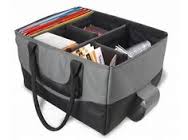

This is a portable office that can easily be taken with you to the car, meetings, library or hockey arena
You spend a lot of time in your vehicle. Keep it a safe and healthy place free from flying objects and germs. Click To TweetClean up messes quickly – people and the vehicle
5 . Keep disposable wet wipes in the glove compartment for quick clean-ups. I have a small container of water, soap and a cloth for washing hands and faces. I keep it in a small box so it won’t roll around the van. I bring it in and change the water and put it back the next time I go to the van. Keep a roll of paper towels handy. You never know when they will come in handy for bigger clean-ups. If you have a mess in the vehicle clean it up right away. You have the products with you so it is an easy job. Always take everything out of the vehicle when you arrive home. Use the car door pockets and seatback pockets for items that permanently stay in the car. If you start with a clean vehicle on every trip it is easier to keep it clean.
Keep your cargo area under control
6. It is easy to put things in the back or trunk and arrive home and rush into the home. If you don’t take the things out then when you add more it becomes fuller and fuller. There are certain things that live in the cargo space. Find a home for them. A box, crate, a built-in storage area, a bag hooked to the side with a 3M hook, under the bottom by the space tire. Make sure the other items are stored back in their proper place in the garage, basement or home.
Seasonal storage “locker”
7. Sometimes the cargo area is used as a seasonal storage “locker” because there isn’t an easy place to store and access sporting equipment. Some situations are hockey bags, golf clubs, soccer equipment and water sports. When the season is over clear out the gear. Wash it, clean it, dry it and store it away until next year. Leaving wet equipment in your vehicle year-round will cause it to deteriorate and get mouldy.
I think I covered most problems in your vehicle, including garbage, toys, paperwork, messes and cargo areas. What did I miss? Let me know in the comments.



Contact her at julie@mindoverclutter.ca
Twitter – Facebook – Facebook group Organizing Mind and Space
Click here to learn more about working with a Professional Organizer.
The bathroom has a lot of use by a number of people. it is a high traffic area in the home. Use the space well in the bathroom to make storage efficient. Here are 5 tips to help make your bathroom function better and safely.
1. Have a drawer for each person who uses the bathroom to store his or her toiletries and cosmetics. If you don’t have the space to store items in the bathroom, give each person a basket to transport their things to the bathroom from his or her bedroom, where the basket is stored.
2. Purchase under-sink storage shelves or baskets to make good use of this under-utilized area.
3. If medications are stored in the bathroom, safely store them where small children can’t gain access.
4. Store cleaning supplies safely, out of the reach of children, nearby so you can do quick cleans ups.
5. Add hooks or towel bars to the walls or over-the-door racks/hooks to hang and dry towels after use. Not enough room in the bathroom? Install hooks or bars in the bedrooms. This will keep towels off the floor, neat and clean.
Here is a link to a lovely informatic from Modern Bathroom to help you have a visual of organizing a bathroom.
If you need help organizing your bathroom book a 30 minute complimentary virtual assessment.




Contact her at julie@mindoverclutter.ca
Twitter – Facebook – Facebook group Organizing Mind and Space
Click here to learn more about working with a Professional Organizer?
Bring lots of hangers, you can never have enough. It is a great way to make new friends by sharing the extra hangers.
1. Store your clothes in the closet. Double your hanging space by purchasing a lower hanging bar. Add an extra shelf up high in the closet to store off-season items mitts, hats.
2. Under-bed storage containers are very helpful for sports equipment, food, laundry detergent, musical instruments, etc
3. Use vertical space to add more storage. There are many types of carts with drawers which can be used to store school supplies, cosmetics, food etc.
4. Use the inside of the bedroom and closet doors to hang items. Over-the-door rack and hook products accommodate coats, clothes, etc
5. There are many pocket style items that hang from the closet bar. Buy one or a shelf for shoes to use to double the shoe space storage.
6. Make sure anything you buy is returnable because you won’t exactly what you need until you get there.
Need some help planning your move book a 30 minute complimentary appointment to get help planning the space in your new room.



Contact her at julie@mindoverclutter.ca
Twitter – Facebook – Facebook group Organizing Mind and Space
Click here to learn more about working with a Professional Organizer?
Reading time – 2 minutes
Controlling the clutter at the entrance to your home can be a nightmare. With many people using the same area and all having different organizing styles clutter can develop. Together decide on what will be stored near the doorway and how it will be stored. When everyone knows the plan, everyone can participate in keeping the entranceway clutter-free.
1. A place for coats
Place hooks low enough that everyone can hang up his or her own coats, sweaters, and jackets.
2. A spot for bags and backpacks
Establish a space that can be reached without help for each person’s backpack or gym bag. This could be a shelf, cupboard or hook.
3. Use vertical space
Have enough space near the entrance for shoes that are used regularly. Buy stackable shoe racks and use vertical space efficiently. Footwear worn occasionally should be stored elsewhere and brought out as needed.
4. Use the inside of doors
Have a place for seasonal hats, gloves and scarves. A hanging shoe organizer is ideal for this purpose. Put regularly-worn hats, scarves and pairs of gloves into the pockets, where you can easily see each item and quickly select what you need. Storing hats, mitts and scarves directly with a jacket also helps to keep everything together. During the warmer months put sunscreen, insect repellent, sunglasses and hats in the pockets
5. Have a collection basket
Have a basket to collect mail, newspapers, schoolwork as you come in the door. It will keep all the paperwork in one place and you can easily take the basket to your work area to sort it and deal with items quickly.
6. Collect garbage and recycling
Do you need a garbage can and recycling bin near the entranceway? Some people do and some people don’t. It helps to keep the area clean. Garbage from the car, a backpack, gym bag or snack can be easily tidied up and not left lying around. I saw this wastebasket with 4 compartments on one of my trips. 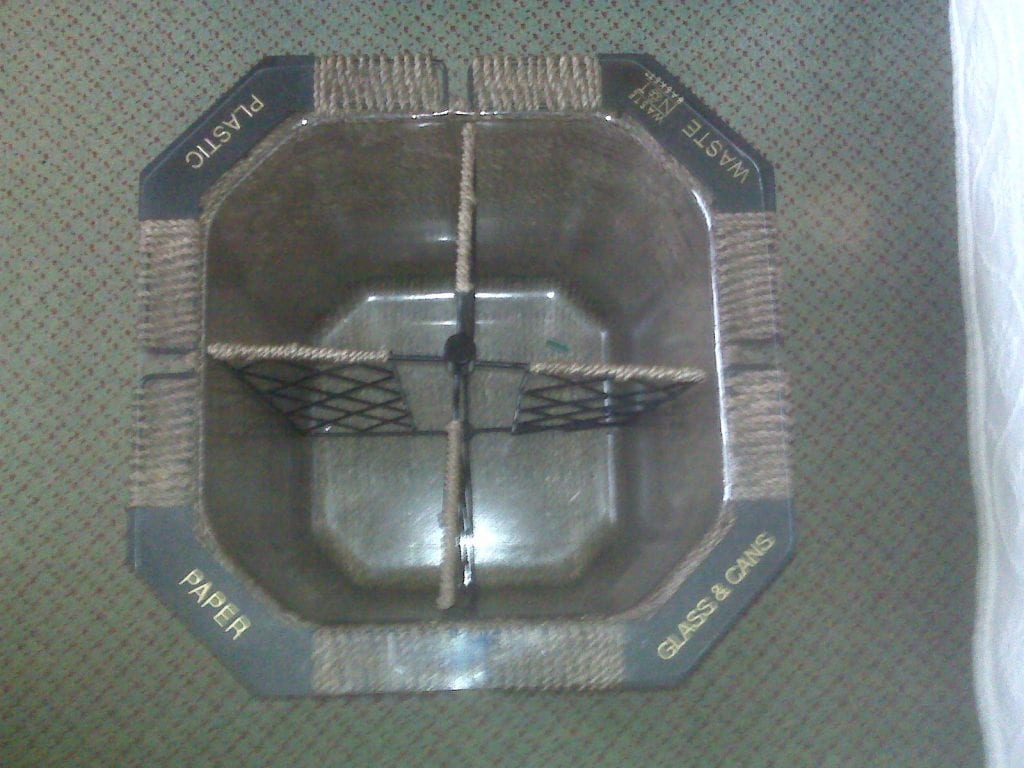

7. Protect your personal property
It is tempting to store keys, phones and purses near the door. Don’t do it. Find a more secure location for those items so no one picks them up and walks away with them when you’re distracted.
8. Have multi-use furniture
It is nice to have a place a person can sit to put on their shoes or boots. Have a stool that also has storage space. It can be a good place to put a blanket for sitting outside when it gets cool, cushions for chairs, small toys for children or pet supplies.
9. Re-purpose furniture
Add a deacon’s bench, buffet, or dresser that is sitting around your home. Place it by your entranceway to provide additional storage with no additional cost.
Use verticle spaces in your entranceway to get more storage space. Click To Tweet
10. Declutter often
Declutter your entranceway often. Place items back in their correct storage place, let go of items you no longer need, store off season items way from the entrance and remove garbage and recycling.
Book a virtual organizing appointment and work with Julie to get your entranceway working well for you. Click here for more information about Virtual organizing services




Contact her at julie@mindoverclutter.ca
Click here to learn more about her online course Create an Organized Home.
Twitter – Facebook – Facebook group Organizing Mind and Space
No matter how beautiful and organized your laundry area looks, if you don’t have a routine for getting laundry to the washer, into the dry and back to bedrooms you will still have a problem. These tips will help you establish a routine that will work in your household.
Collect the laundry
1. Keep a central collection area for your laundry close to where people change. The main bathroom, near the bedrooms, is often a good choice. Keep three hampers – one each for light, medium and dark-coloured clothing. Make sure everyone knows to empty pockets, because no one else is going to check. You may prefer to have each person have their own bin in their room.
Have everyone in the family sort their laundry and put it in the hamper.
2. Keep a stain remover nearby so that everyone can treat the stains on their own clothing. Children may need help with the most difficult, like blood. Use shampoo without conditioner on grease stains. Once stains are treated, fold the clothing to prevent stain remover from touching the hamper. Remember to place clothing in the correct laundry hamper.
Schedule time
3. Establish a day when the laundry will be washed. Clothing will need to be in the hamper and someone will bring it to the laundry room. You may need to establish a day or time for each member to do their own laundry.
Set timers
4. As you’re placing clothing into the washer or dryer set a time on your phone, stove, clock so you remember to switch the clothing to the dryer or take it out of the dryer. It is easy to forget that the washer or dryer has completed the cycle if it isn’t near where you are working. Then time passes and you didn’t get much laundry done that day, the clothing in the dryer is very wrinkled or the damp clothing has an unpleasant oder.Setting up routines makes it easier to accomplish tasks taking less energy and time to complete them Click To Tweet
Organize an area
5. Have a table or space available so you can fold and pile items as they are removed from the dryer. Making piles of clothing allows people to come and pick up their clothes and put them away. If you have small children in the home place their piles of clothing on their bed, pants, tops, underware, socks etc and help them to learn to put it away in the correct spot. It is a skill that will last them a life time.
6. Have a place to hang up clothes – a line, door hooks or a free-standing wire rack. Don’t spend your time folding clothes that get unfolded once they reach the bedroom. Hang them up straight out of the dryer.
7. Establish a laundry supply shelf or cupboard. Be sure to have a variety of supplies available so you can easily handle any stain – detergent, bleach, shampoo, stain remover, a bar of laundry soap – and quick hand-washing items. Include a basin so you can conveniently soak or hand wash items.
For tips and articles to help you organize your mind and space join Julie’s Facebook group Organizing Mind and Space



Contact her at julie@mindoverclutter.ca
Twitter – Facebook – Facebook group Organizing Mind and Space
Click here to learn more about working with a Professional Organizer?
Reading time – 3 minutes
Being organized is not about being perfect.
Anyone can learn to be more organized. It is a set of skills that can be taught. Organization creates efficiency and effectiveness, making your life and surroundings perform optimally for you. When you start organizing remember these tips:
- Accept your limitations on time, space, energy and money
- Be consistent, do a little at a time on an on-going basis
- Acknowledge your successes. Success breeds success motivating you to do more.
- Take it one day at a time
How do I decide where to start?
I tell my clients:
- to start with the space that is bothering them the most.
- sometimes you may need to start in an area of your home that you are going to use for storage. Organizing that space first will give you more places to store items that need to be removed from other rooms.
How do I start?
Get some boxes and bags for :
- garbage
- recycling
- things to go to other rooms – put them in a container and take them after you are done working in the space your are organizing. If you leave the room you might never return
- things to be returned to other people – put them in a container and return them to the correct owner after you organizing time is over.
- don’t buy organizing products – wait until you know what you are storing, where you are storing it, and how much you have to store. Then you can the best container to hold the items.
How to I get the room looking nice?
There are 5 steps to follow:
Step 1 Sort
Sort everything in the room into categories. The categories depend on what is in the room. You might have:
- electronics
- books
- tools
- computer items
- dishes
- food categories
- cosmetics
- paper supplies
Figure out the categories of things you have in your room and sort the things you can see and then work in the drawers and cupboards
Step 2 Part with items
Part with items you no longer need and donate them to charity
Step 3 Assign a home
Find the best place to store the item , close to where you use them and so you access them easily. Things you don’t use very often can be stored further away and in less accessible places.
Step 4 Containers
Now is the time to get the right container to store the items. Anything can be a container:
- boxes
- wine boxes cut in half
- magazine holders
- jars
- tins
- plastic bins
- bags
Step 5 Evaluate
Use your system and then see:
- if you have things stored in the best locations
- is it easy to get it out and put it away
- does everything have a “home”Being organized is not about being perfect. Anyone can learn to be more organized. It is a set of skills that can be taught. Click To Tweet


How do I remember all this?
Easy it spells SPACE
S – sort
P– Part with items
A – Assign a home
C – Containerize
E – Evaluate
If you need some help with your organizing book a 50 minute break through organizing session . Click on the link to book your complimentary appointment, and speak with me to get helpful tips to get you unstuck. Organizing Break Through session


Contact her at julie@mindoverclutter.ca
Click here to learn more about her online course Create an Organized Home.
Twitter – Facebook – Facebook group Organizing Mind and Space
Weekly Agenda Page
I like to develop a weekly agenda page for each child in the family. They have their own page posted on the refrigerator or bulletin board.
Record all Weekly Activities – School, Home and Extra Curricular
At the beginning of each week, I record all their activities, music lessons, group activities, sports, etc. I also record their special activities at school so they remember to bring library looks, physical education clothing, and musical instruments. It also includes any chores that they have to do around the house. If you prepare it on the computer, many things don’t change from week to week.
Record Additional Activities for the Week – Test, Projects, Parties
The children will add to the page, tests and projects that have been assigned at school. Beff you start this habit for them when they are young, it teaches them how to organize their time. You will be helping to instill in them a habit that will last them a lifetime.ore they can play, watch TV or have screen time they have to complete everything on their list. If you start this habit for them when they are young, it teaches them how to organize their time. You will be helping to instill in them a habit that will last them a lifetime.
| Monday | Tuesday | Wednesday | Thursday | Friday |
| Library books | Physical education | Class trip | violin | |
| Practice piano | Girl Guides | Collect garbage | Skating | Birthday Party at Susie’s |
| Set table | Empty dishwasher |
Paper or an AppI like paper because I can see everyone’s week at a glance without switching between screens and accounts. But if you enjoy technology because you can access information from anywhere at any time try Choice Works for scheduling your children’s activities. It allows you to select activities and list them by picture for non-reading children or in words.
Timeboxed Schedule Maker
Thanks to Whisper Wels for sending me this link for their schedule maker to create your own timeboxed schedule.
Time management is about finding a system that works for you and your children to make life easier. Please leave a comment about agendas, systems and apps that you use.




Contact her at julie@mindoverclutter.ca
Click here to learn more about her online course Create an Organized Home.
Twitter – Facebook – Facebook group Organizing Mind and Space
